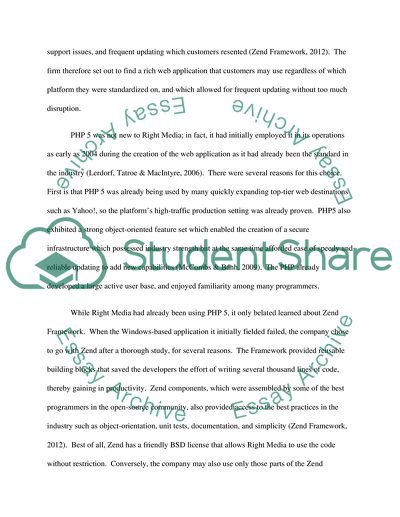Cite this document
(“Zend is IGN Entertainments Next Generation Platform Essay”, n.d.)
Zend is IGN Entertainments Next Generation Platform Essay. Retrieved from https://studentshare.org/information-technology/1589717-technical-evaluations
Zend is IGN Entertainments Next Generation Platform Essay. Retrieved from https://studentshare.org/information-technology/1589717-technical-evaluations
(Zend Is IGN Entertainments Next Generation Platform Essay)
Zend Is IGN Entertainments Next Generation Platform Essay. https://studentshare.org/information-technology/1589717-technical-evaluations.
Zend Is IGN Entertainments Next Generation Platform Essay. https://studentshare.org/information-technology/1589717-technical-evaluations.
“Zend Is IGN Entertainments Next Generation Platform Essay”, n.d. https://studentshare.org/information-technology/1589717-technical-evaluations.


